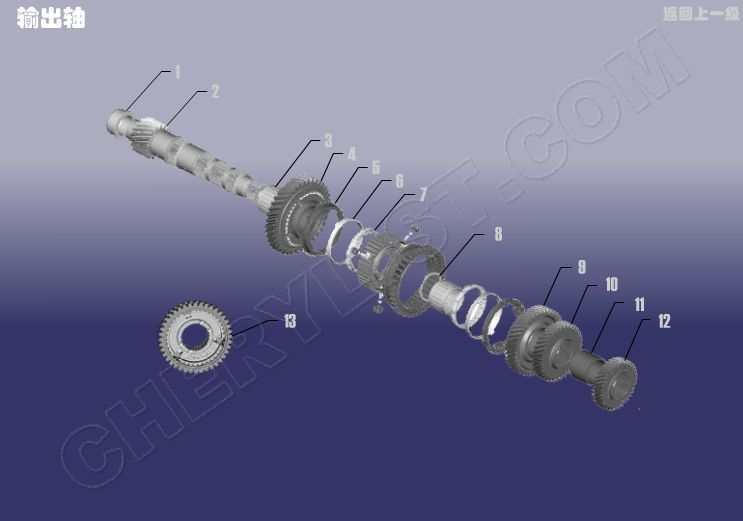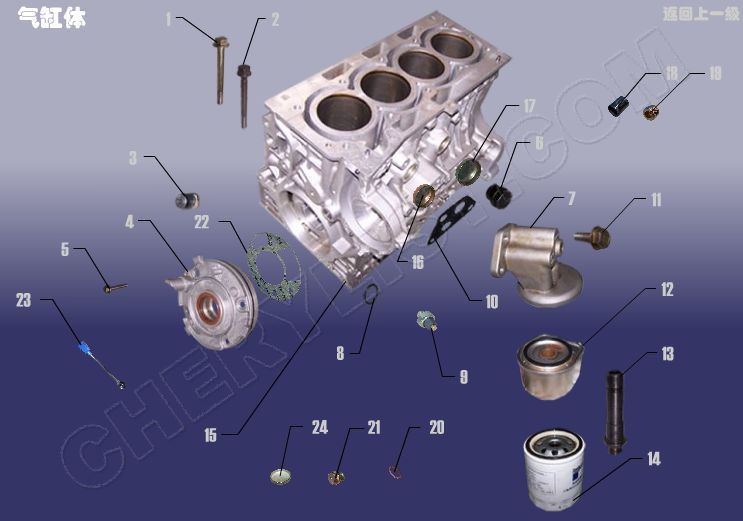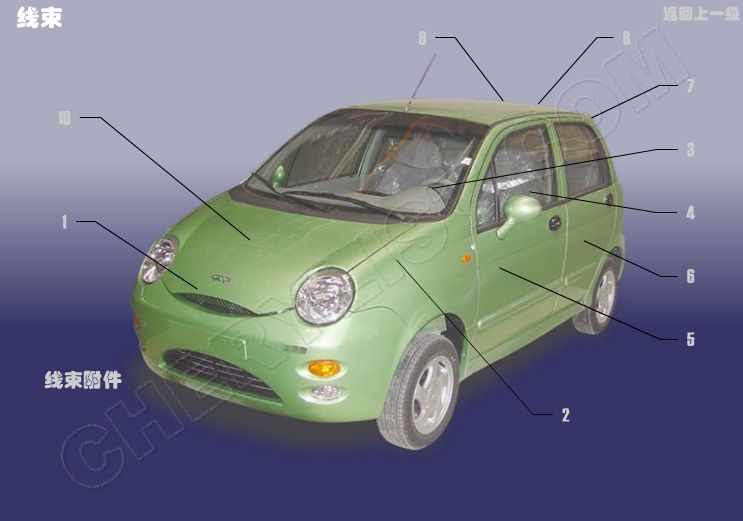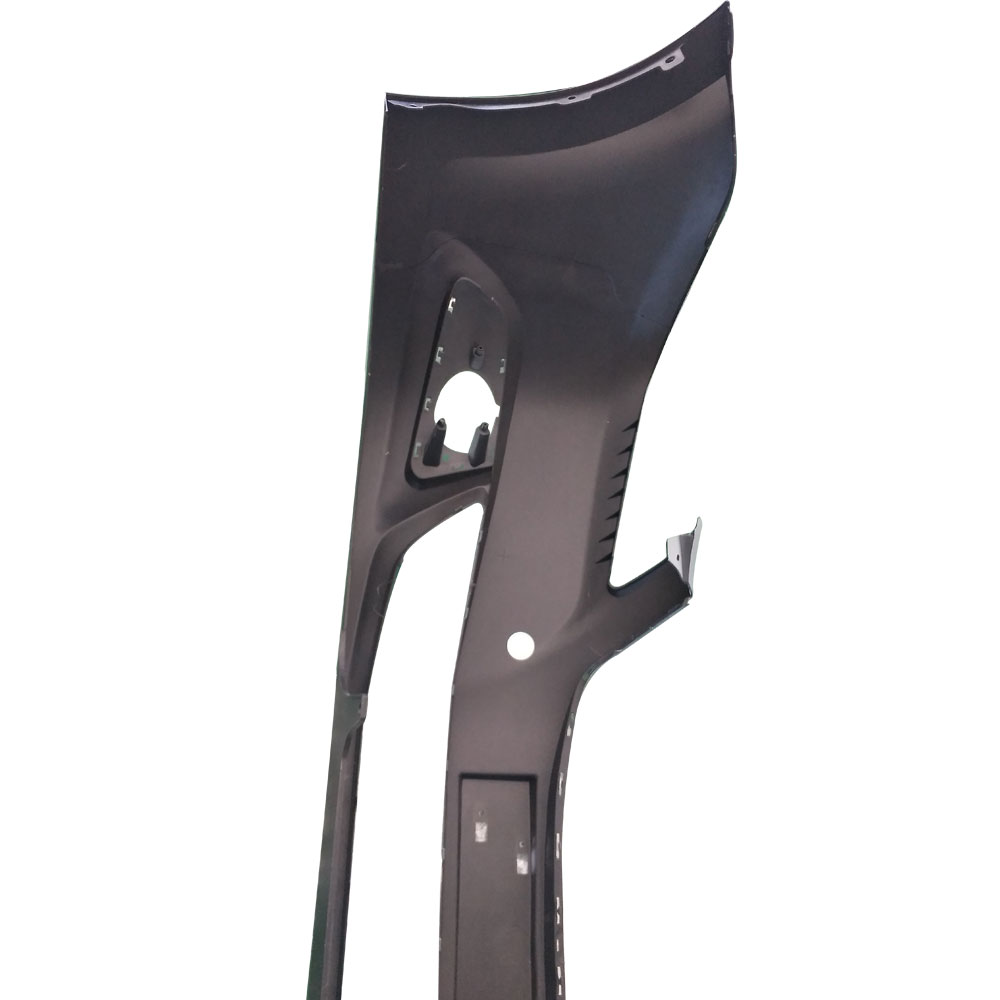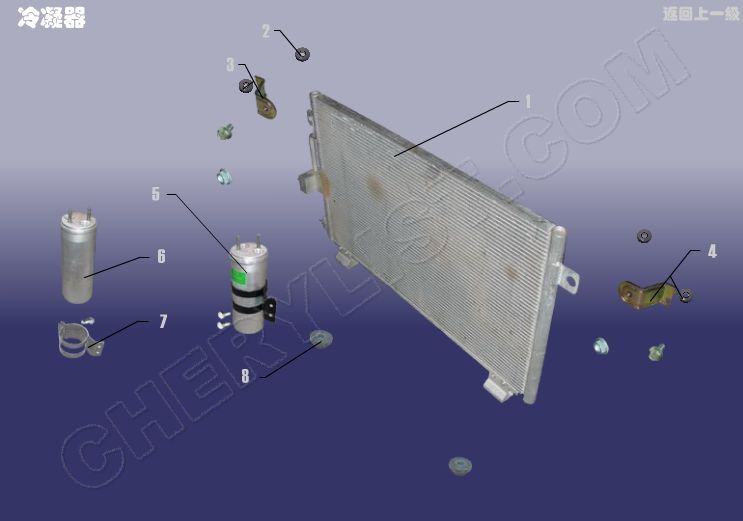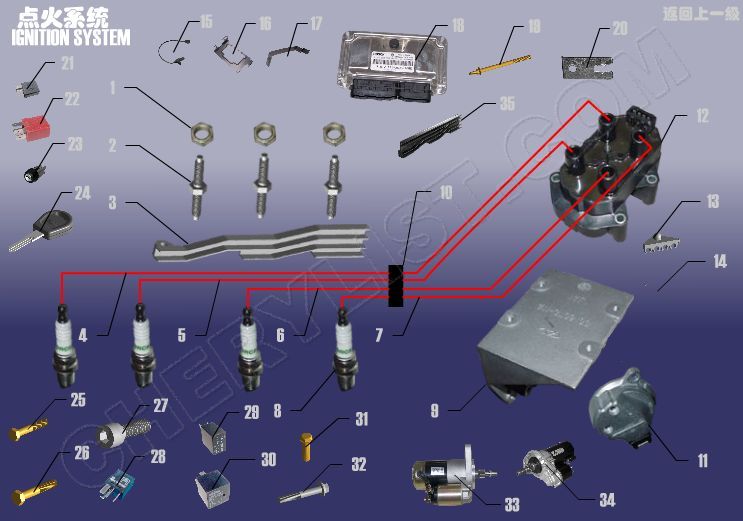Hot-selling Chery Tiggo 7 - Car Spare adjustable air shock absorber for chery – Qingzhi
Hot-selling Chery Tiggo 7 - Car Spare adjustable air shock absorber for chery – Qingzhi Detail:
| Product grouping | Chassis Parts |
| Product name | Shock absorber |
| Country of origin | China |
| OE number | S11-2905010 |
| Package | Chery packaging, neutral packaging or your own packaging |
| Warranty | 1 year |
| MOQ | 10 sets |
| Application | Chery car parts |
| Sample order | support |
| port | Any Chinese port,wuhu or shanghai is best |
| Supply Capacity | 30000sets/months |
Automobile air shock absorber is called buffer. It controls the unwanted spring movement through a process called damping. The shock absorber slows down and weakens the vibration motion by converting the kinetic energy of suspension motion into heat energy that can be dissipated by hydraulic oil. To understand its working principle, it is best to look at the internal structure and function of the shock absorber.
The shock absorber is basically an oil pump placed between the frame and the wheels. The upper mount of the shock absorber is connected to the frame (i.e. sprung mass), and the lower mount is connected to the shaft near the wheel (i.e. non sprung mass). In a two cylinder design, one of the most common types of shock absorbers is that the upper support is connected to the piston rod, the piston rod is connected to the piston, and the piston is located in a cylinder filled with hydraulic oil. The inner cylinder is called the pressure cylinder and the outer cylinder is called the oil reservoir. The reservoir stores the excess hydraulic oil.
When the wheel encounters a bumpy road and causes the spring to compress and stretch, the energy of the spring is transmitted to the shock absorber through the upper support and downward to the piston through the piston rod. There are holes in the piston. When the piston moves up and down in the pressure cylinder, the hydraulic oil can leak out through these holes. Because these holes are very small, very little hydraulic oil can pass through under great pressure. This slows down the movement of the piston and slows down the movement of the spring.
The operation of the shock absorber consists of two cycles – compression cycle and tension cycle. Compression cycle refers to compressing the hydraulic oil under the piston when it moves downward; Tension cycle refers to the hydraulic oil above the piston when it moves upward to the top of the pressure cylinder. For a typical automobile or light truck, the resistance of tension cycle is greater than that of compression cycle. It should also be noted that the compression cycle controls the movement of the unsprung mass of the vehicle, while the tension cycle controls the movement of the relatively heavier sprung mass.
All modern shock absorbers have speed sensing function – the faster the suspension moves, the greater the resistance provided by the shock absorber. This enables the shock absorber to adjust according to the road conditions and control all unwanted movements that may occur in the moving vehicle, including bouncing, roll, braking dive and accelerating squat.
Product detail pictures:

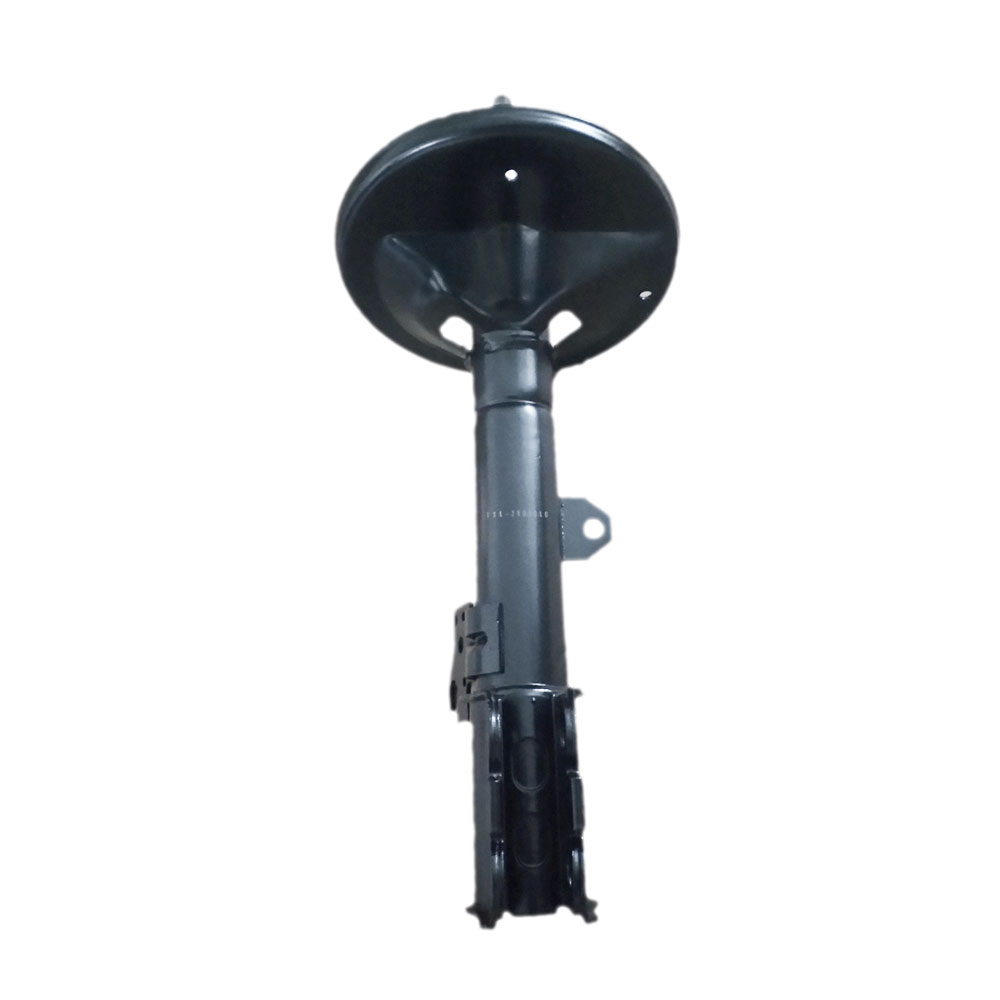
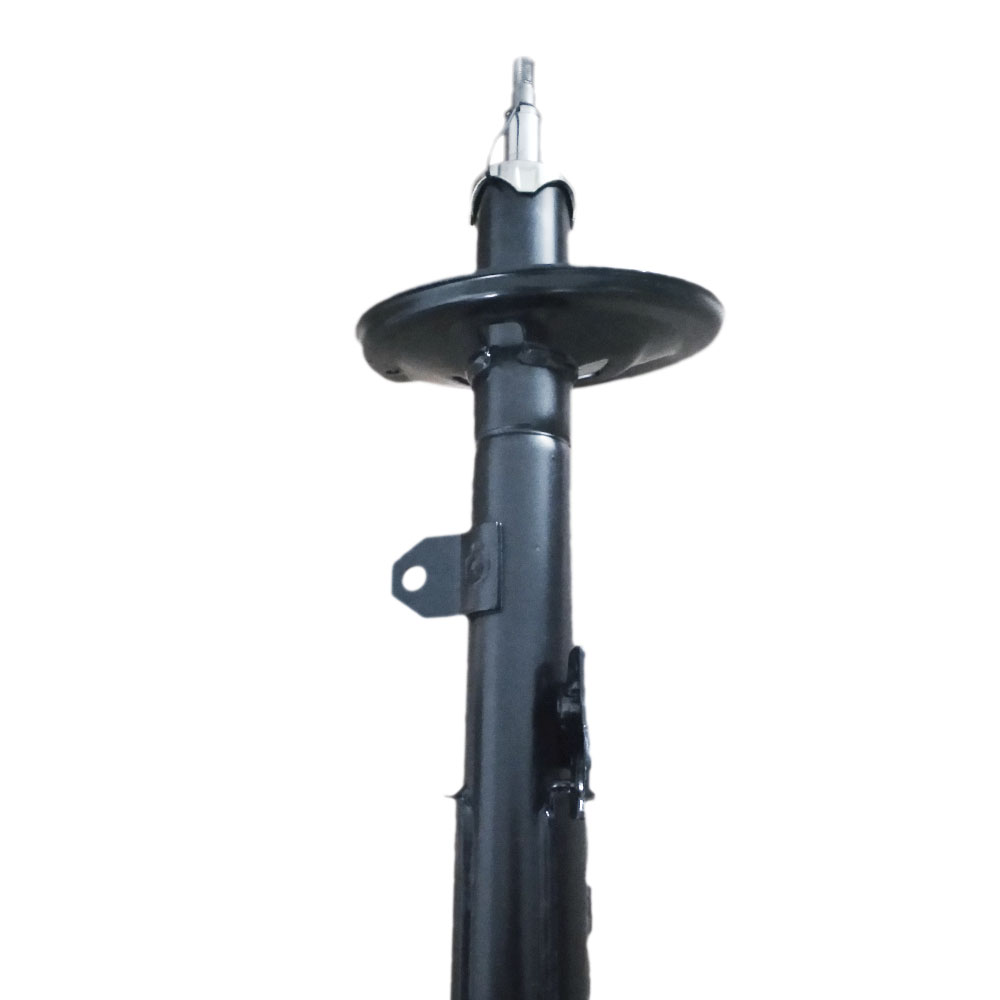
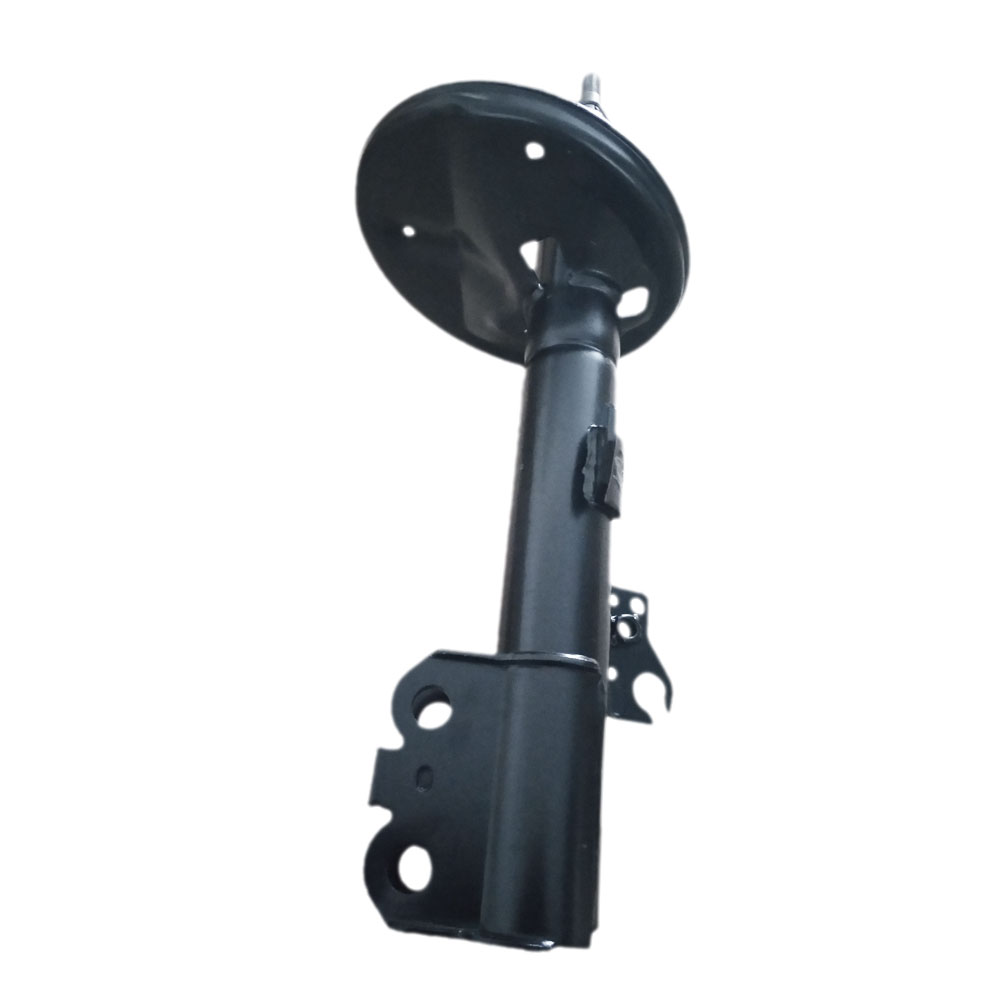

Related Product Guide:
We also offer you product sourcing and flight consolidation expert services. We've our personal manufacturing unit and sourcing business. We can offer you virtually every variety of merchandise associated to our item range for Hot-selling Chery Tiggo 7 - Car Spare adjustable air shock absorber for chery – Qingzhi , The product will supply to all over the world, such as: Roman , Argentina , Florence , Adhering to the management tenet of "Managing Sincerely, Winning by Quality", we try our best to provide excellent products and service to our clients. We look forward to making progress together with domestic and international clients.
Wide range, good quality, reasonable prices and good service, advanced equipment, excellent talents and continuously strengthened technology forces,a nice business partner.



